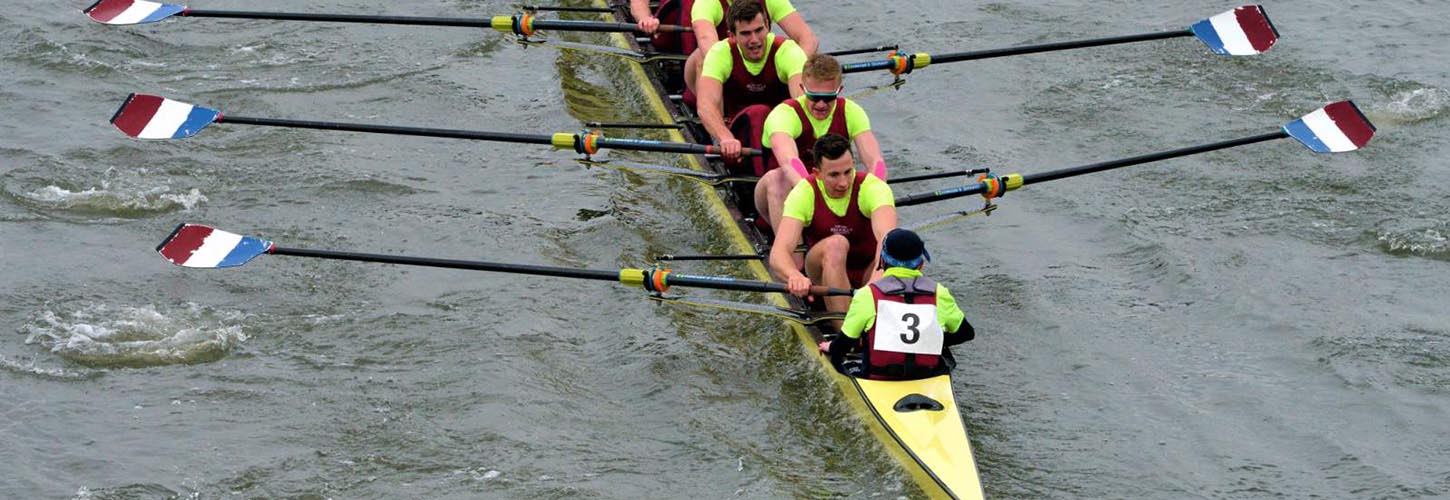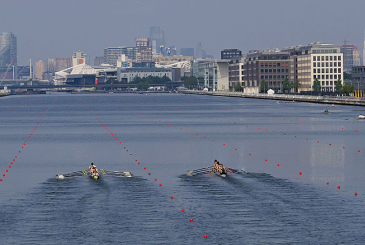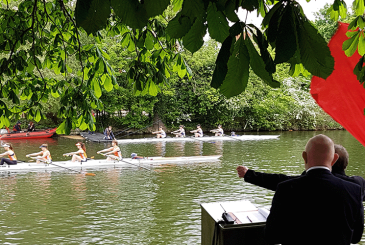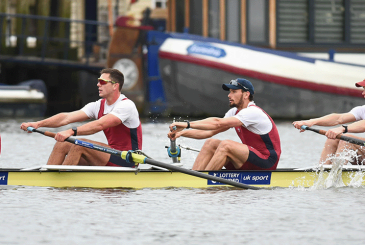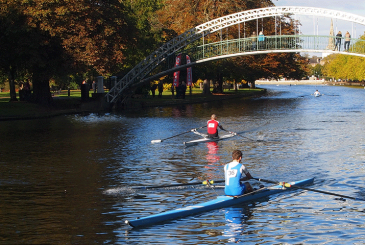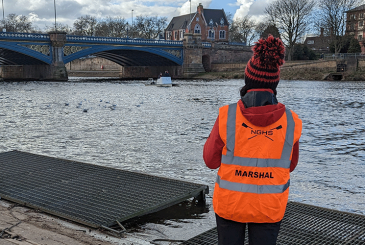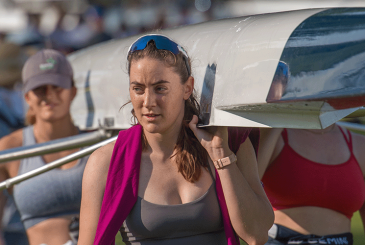The cox can make or break a head race on the Tideway. Katie Smith asks three head-race winning coxes to share their secrets
“Calm, and very skilful,” was all that cox Harry Brightmore uttered going through the start line as he guided his Oxford Brookes crew onto an historic Head of the River Race victory in 2016.
Even for the most experienced coxes, passing under the darkened arches of Chiswick Bridge into the unpredictable waters of the Thames Tideway can be daunting indeed.
“I think it’s the sheer scale of the event that makes it different from other races,” says Wallingford RC cox Sara Ball. “The width of the river is so large compared to where I usually train.”
Nervous whispers of ‘the perfect line’, mystical lamp posts and infamous landmarks pass between the crews ready to boat. Yet alongside its many challenges, the Tideway offers prestige to those who can master it.
“For me, there is nothing better than racing this course,” reveals Sophie Shapter, who will cox the Cambridge University Women’s Blue Boat in the 2018 Cancer Research UK Boat Race on 24 March. “Steering can make or break a race, and that makes it so exciting as a cox.”
Brightmore certainly agrees: “To this day, our HORR win is the race I’m most proud of just because I had so much to do in it”.
The Tideway offers prestige to those who can master it
BEFORE THE RACE
What do you do to get ready in the days leading up to the race?
Sophie: I always memorise the race plan before race day; visualise where I am making what calls, and think through a variety of situations that may potentially arise, such as overtaking or being overtaken.
Sara: It’s important that you know what your crew wants from the race. Even if you haven’t trained with them, have a chat about what calls and focuses they want.
If you don’t permanently train on the Tideway, how do you best prepare to race on the course?
Harry: We’ve been lucky at Brookes that we have a few fixtures with Oxford and Cambridge beforehand on the Tideway. I would recommend that crews try and have some practice outings to familiarise themselves with the course and the amount of wash and bounce. Also use a website called www.mapmyrun.com to work out the exact distances between the landmarks on the course. I’ve done that since coxing at school and you can use it for other head races too.
ON RACE DAY
So – the perfect line. How important is it?
Harry: I’ve heard so many different things down the years and overcomplicating it makes you worry at every point in the race that you’re in the wrong place. Just try and keep a good steady sweeping line and I always think about keeping thirds off the bank. It’s really important for the cox to know the distances between the landmarks: because the river is so wide and the race is long, you can get lost easily. Then it’s equally as important to feed that information back to your crew so they can pace themselves correctly.
Sophie: There is a lot of information online about the best line to steer, including some really handy videos that show where the fastest water is. Another great method is drawing the course and then drawing out your line. Having your coach do this with you can really help. I find the landmarks make the race plan simpler for myself and the crew.
Steering can make or break a race, and that makes it so exciting as a cox
Guiding your crew through a three or four mile race will require a range of technical calls and motivational content. How do you strike the right balance?
Sara: I think you have to choose your points wisely. If you’re being too motivational throughout the race then it loses meaning when you really want them to do something. You can also combine technical and motivational content together, for example “less on the front and then sending the finishes more”.
Finally, how do you cope with the Tideway’s changeable conditions?
Harry: If I see white caps ahead, I warn the crew. The quickest way to move through this is often not worrying too much about the pressure and working hard, but just taking good strokes and keeping your shape.
Sophie: If the water is really bad, it may be best to avoid the middle of the river and seek more sheltered water nearer the inshore zones. This can sometimes be faster than being in the stream when conditions are bad.
More advice on coxing at Tideway Heads
Photo credit: Big Blade


